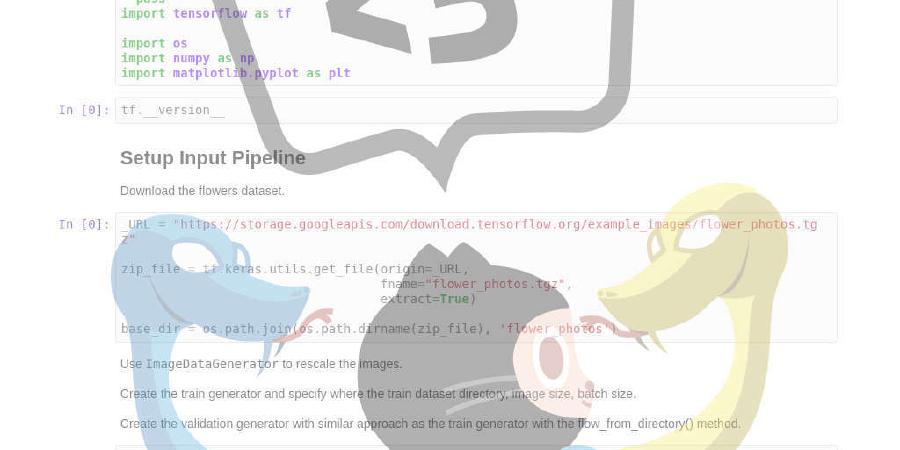oam-dev/rudr

A Kubernetes implementation of the Open Application Model specification
| repo name | oam-dev/rudr |
| repo link | https://github.com/oam-dev/rudr |
| homepage | https://oam.dev |
| language | Rust |
| size (curr.) | 4178 kB |
| stars (curr.) | 1334 |
| created | 2019-05-28 |
| license | MIT License |
Rudr: A Kubernetes Implementation of the Open Application Model
Rudr is an Open Application Model (OAM) implementation for Kubernetes.
Note: Rudr is currently in alpha. It may reflect the API or features we are vetting before inclusion into the OAM spec.
Why Rudr?
Kubernetes API resources focused on container infrastructure rather than the applications per se. Yet, application developers think in terms of application architecture, not of infrastructure
Rudr provides application level primitives for Kubernetes that enable:
- The ability to define application (e.g., WordPress) in Kubernetes.
- The ability to define operational capability (e.g., auto-scaling policy, rather than HPA) in Kubernetes.
- A portable and self-descriptive application description which includes every dependency and operational ability the application requires to run.
- Building an application centric abstraction atop container infrastructure.
Rudr can be used by:
- Developers who want to describe application from developer’s view, rather than learning low level primitives.
- Operators who want to focus on strategies of operating the application, rather than infrastructure details.
- Kubernetes engineers who want to define “application” in Kubernetes, or expose application level API to developers and operators, rather than full Kubernetes API.
- PaaS engineers who want to build a serverless application platform atop Kubernetes, with minimal effort.
- Software distributors who want to “define once, deploy everywhere”, regardless of the differences of Kubernetes providers on multi-cloud.
Get started
Define and deploy a helloworld-python application with Rudr.
How does Rudr work?

Rudr defines OAM primitives as Kubernetes Custom Resource Definitions (CRDs). Hence, Rudr is able to provide OAM style application level APIs including Components for developers to define applications, and Traits for operators to define operational capabilities. Meanwhile, infra operators still work on Kubernetes itself.
Rudr controllers will maintain the mapping between OAM CRDs (e.g., Component) and Kubernetes API resources (e.g., Deployment).
Try more things out yourself
Read the documentation list for more options. Some highlights:
- Getting started tutorials
- Learn Open Application Model concepts in Kubernetes
- Learn advanced How-To topics
- For example, use Rudr with Helm and Kustmoize and migrate existing Kubernetes resources to Rudr.
- Install and play with more workload types
- Developing Rudr
- FAQ
More samples and demos
Roadmap
Currently, Rudr relies on pre-installed workload types and traits to accomplish the task. In next release, Rudr will provide a plugin mechanism to integrate any Kubernetes Operator as workload type or operational capability. The goal is to allow users to assemble Operators ecosystem as a serverless application platform by “one click”.
Contributing
This project welcomes contributions and suggestions. See CONTRIBUTING.md for more details. Below are links to join the bi-weekly community meetings and our meeting notes. Community Slack channels & mailing lists will be added shortly (~ 10/1).
| Item | Value |
|---|---|
| Mailing List | oam-dev@@googlegroups.com |
| Meeting Information | Bi-weekly (Starting Oct 22, 2019), Tuesdays 10:30AM PST |
| Bi-weekly APAC (Starting Dec 24, 2019), Tuesdays 1:00PM GMT+8 | |
| Meeting Link | https://zoom.us/j/271516061 |
| IM Channel | https://gitter.im/oam-dev/ |
| Meeting Notes | Notes |
| @oam_dev |
Governance
This project follows governance structure of numerous other open source projects. See governance.md for more details.
License
This project is available under the terms of the MIT license. See LICENSE.txt.




